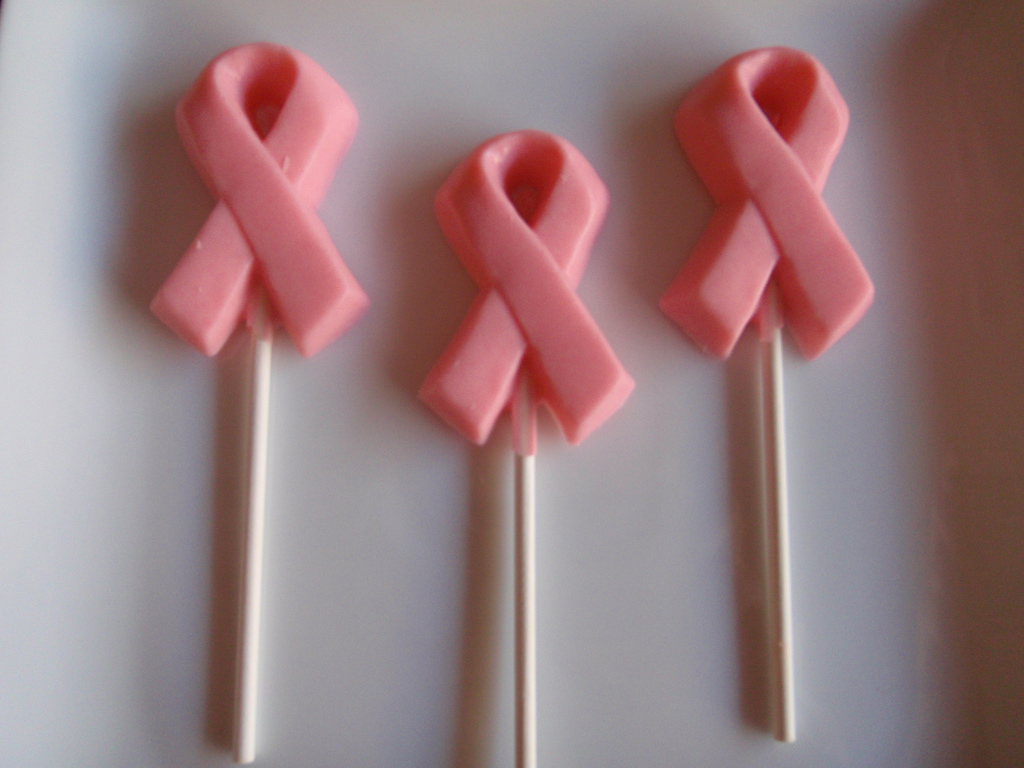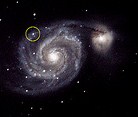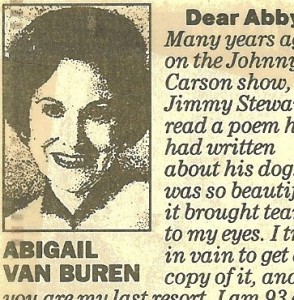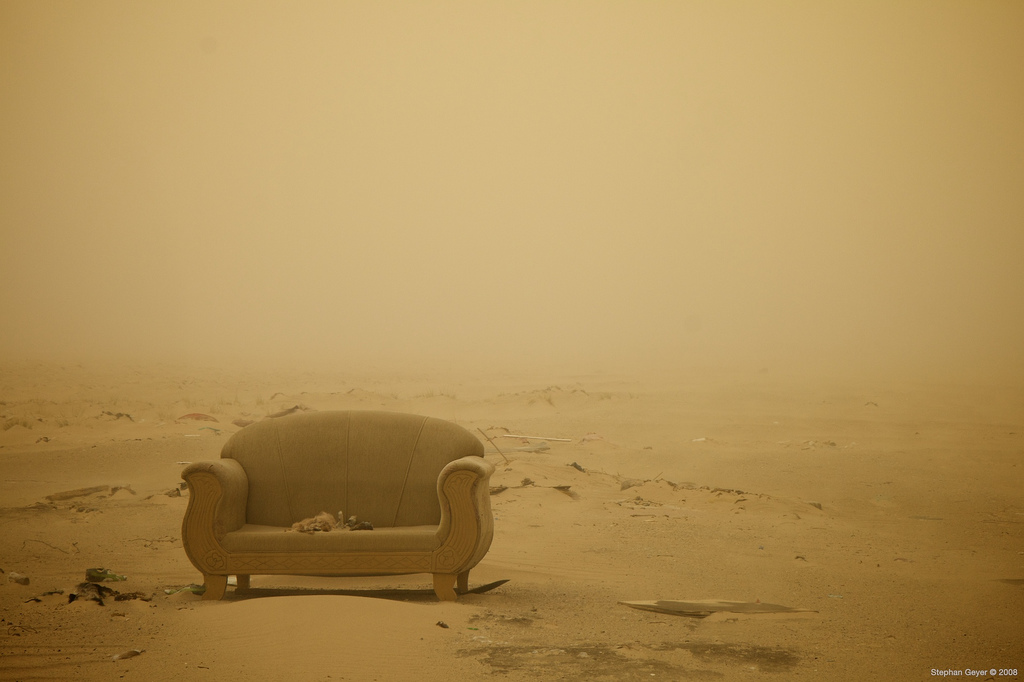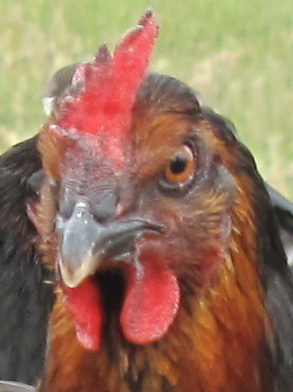Here we go again. Another October, another flood of pink ribbons. Don’t get me wrong. I hate breast cancer. I want it gone. Three of my aunts have breast cancer, and the disease killed a dear friend of mine. So it pains me to see the science of breast cancer so often misreported by the media.
The problem starts with the basic narrative. As I wrote last year in Miller-McCune:
For years, women were taught the necessity of early detection for breast cancer based on the notion that breast cancer is a relentlessly progressive disease that will inevitably kill you if you don’t remove it in time. That story about breast cancer — call it the “relentless progression” mind model — is easy to grasp, makes intuitive sense and offers a measure of comfort: Every cancer is curable as long as you catch it in time.
But it turns out that this mental model of breast cancer is wrong. Science has shown breast cancer to be far less uniform than the relentless progression model suggests, says H. Gilbert Welch of the Dartmouth Institute for Health Policy and Clinical Practice in Lebanon, N.H., and author of Should I Be Tested for Cancer? A more accurate description might be called the “uncertain future” model. Instead of starting small and gradually growing and becoming more dangerous, cancers can behave in a variety of unpredictable ways.
